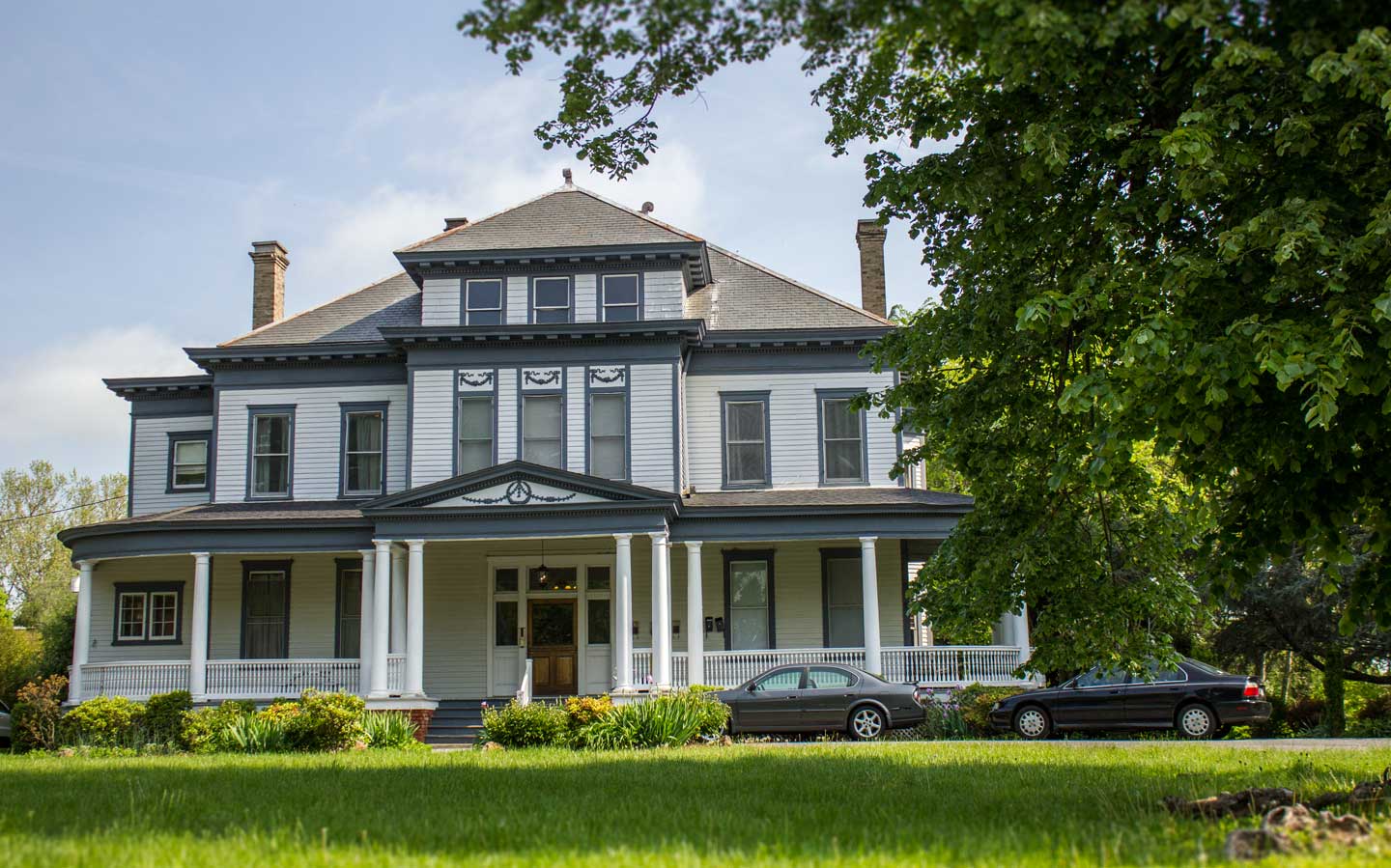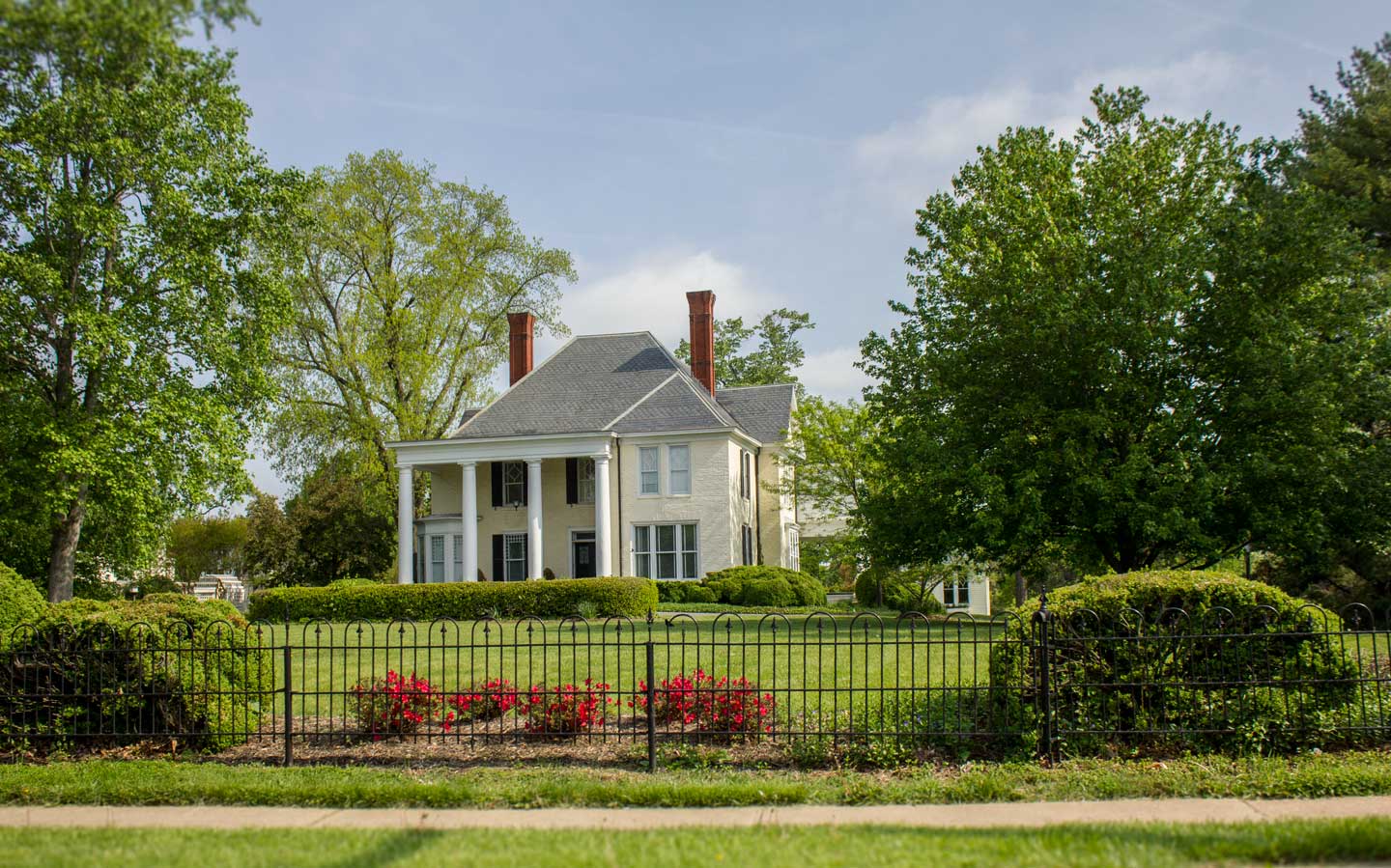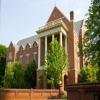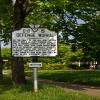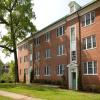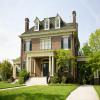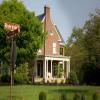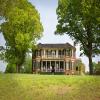Unique Architectural Design
From its beginning, the Rivermont neighborhood has consisted primarily of single-family detached residences, usually two stories in height, with gable or hipped roofs often covered with metal standing seam sheets or slate shingles. Houses always faced the street and had auxiliary buildings such as garages and sheds located to the rear of the yard. Building materials included both wood and brick (stone was almost never used as a construction material). Most of the buildings dating from the 1890-1910 period were of frame construction. This was true even of the houses of the wealthy—such as expansive Queen Anne-style residences like the George and Mary Jones House at 456 Rivermont. Houses from this 1890-1910 period also share other characteristics, regardless of their size and degree of architectural sophistication. Most were built on raised brick basements, had prominent porches along the front, interior brick chimneys, and double-hung sash windows. Interior plans generally consisted of either a side hall or central passage plan, although the more elaborate Queen Anne-style houses of this period featured the asymmetrical free-flowing plans characteristic of this style. Most houses were given some form of individuality by decorative exterior woodwork such as brackets, shingles, vents, cornices, and porch columns.


